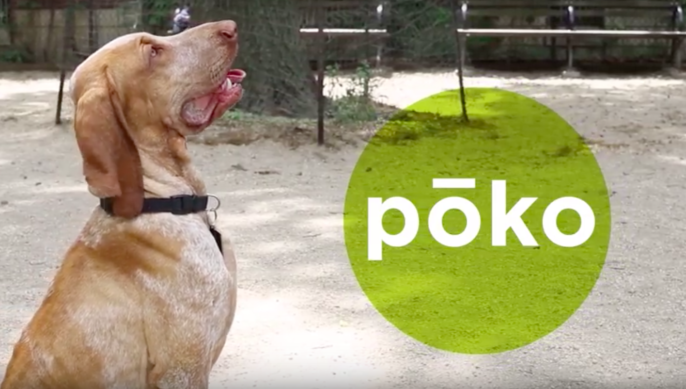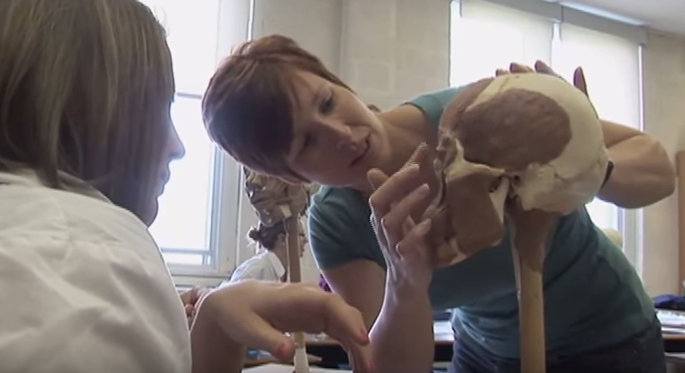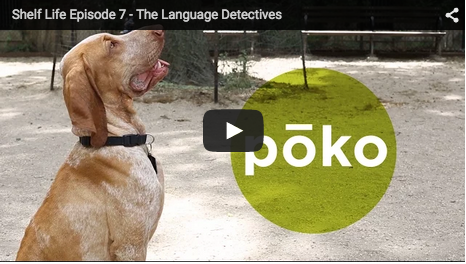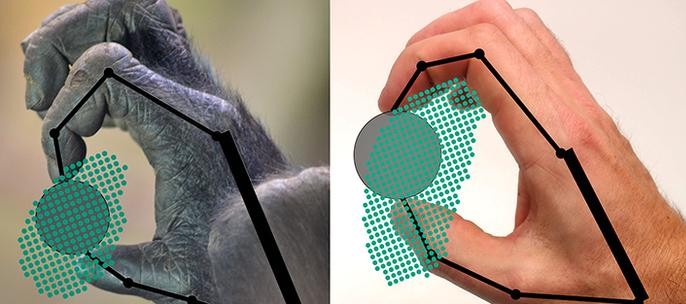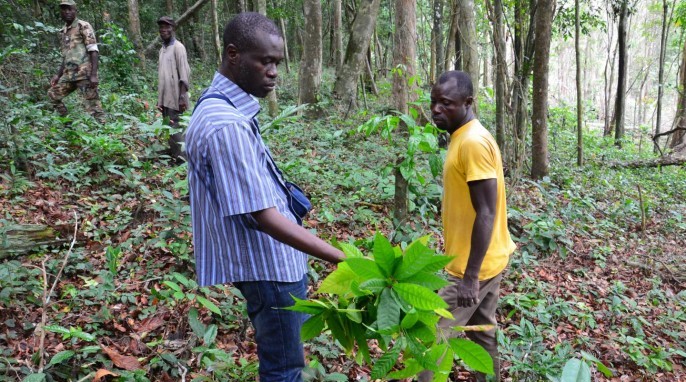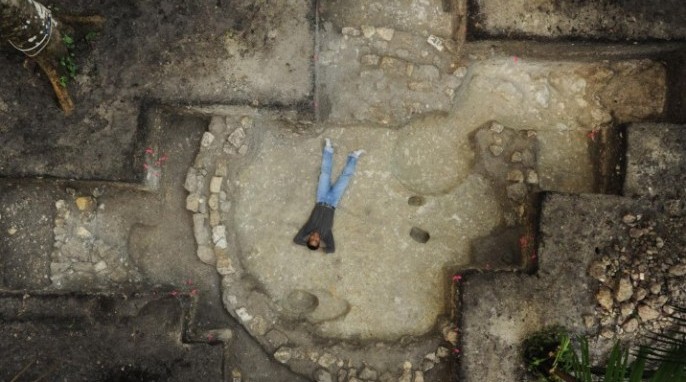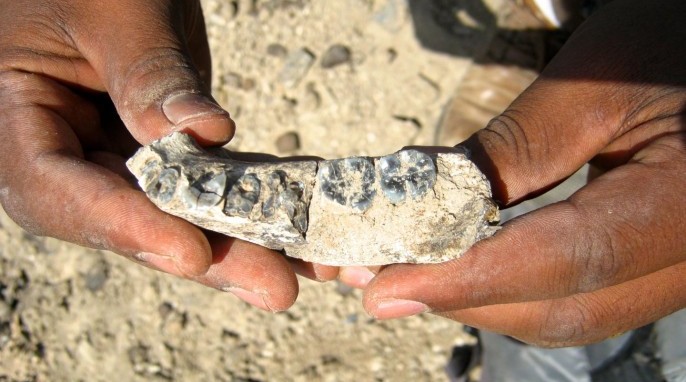Language Detectives
Where did the Uto-Aztecan language originate? An interdisciplinary research project looked at a set of 100 words to understand the sound sequences of this language. Watch this video to see how an anthropologist and a computational biologist carried out this research. This is another in the Shelf Life series from the American Museum of Natural History. Museum curators Peter Whiteley, an anthropologist, and Ward Wheeler, a computational biologist, joined forces to trace the evolution of Native American languages by applying gene-sequencing methods to historical linguistics. I became fascinated by the idea…
Read More
